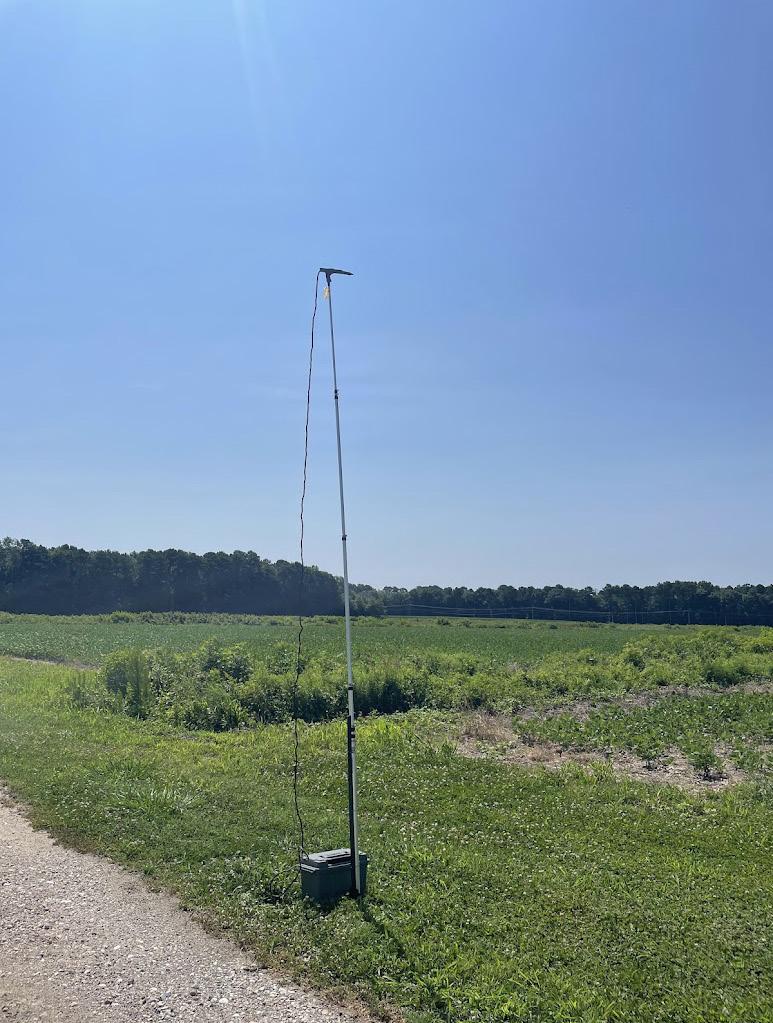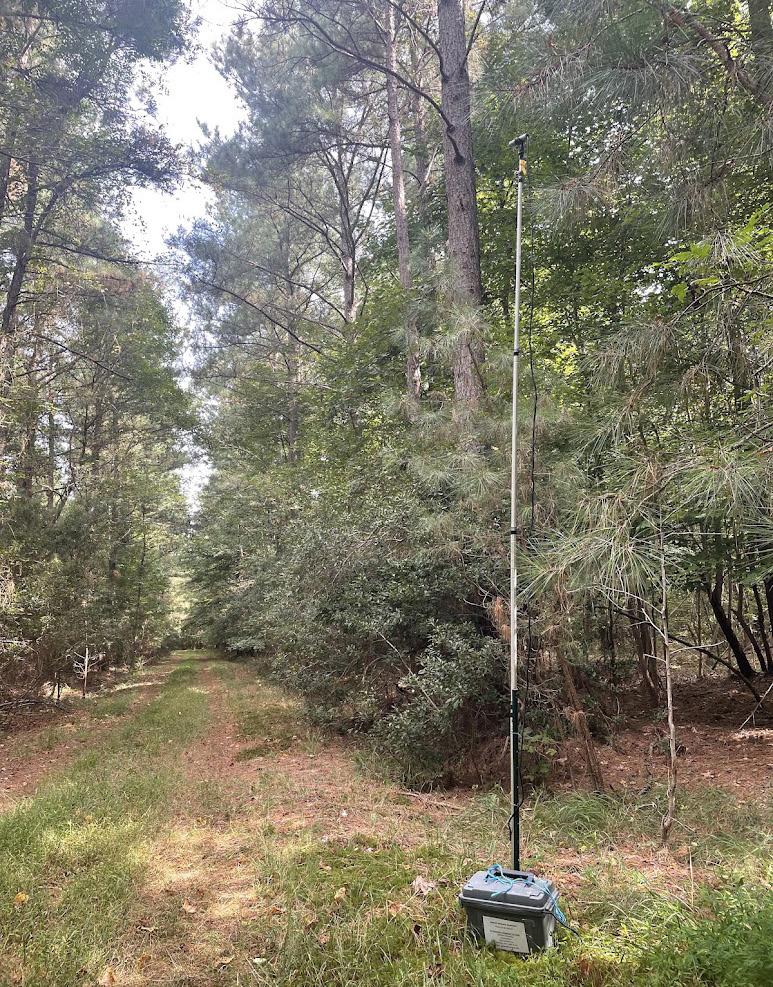The Importance of Tidal Marshes to Bat Foraging Habitat and Diversity
Jeromy Green, BS, Teachers Assistant, Biological Sciences Department, Salisbury University
Abstract

Bats are a species that are rapidly declining through the United States due to multiple threats like White-nose syndrome (WNS), wind turbines, and habitat destruction. Recent studies suggest that wetlands may be an unrecognized habitat that support a large abundance of bats with drinking water and prey availability. However, few studies have assessed the value of tidal marshes, in particular, in supporting bat populations.

The purpose of this study is to fill this gap by using acoustic monitoring in a mixture of driving transects and long-term passive monitoring to directly compare habitat use and diversity of bats in tidal marshes compared to forests and cropland habitats on the Delmarva Peninsula. Additionally, a novel approach of using boat transects to compare bat activity and diversity between tidal marsh interior and marsh-exterior (open water) habitats was completed.
In total, we recorded 11,106 bat passes and documented the presences of at least 7 species: Lasiurus borealis (Eastern Red Bats), Eptesicus fuscus (Big Brown Bats), Nycticeius humeralis (Evening Bats), L. cinereus (Hoary Bats), Perimyotis subflavus (Tri-colored Bats), Lasionycteris noctivagans (Silver-haired Bats), Myotis septentrionalis (Northern Long-eared Bats), and possibly additional species in the genus Myotis.
Overall, we found significantly less bat activity and diversity in tidal marshes compared to forest edges as expected, and no significant difference in bat activity and diversity in tidal marsh habitats compared to that of cropland habitats. Furthermore, riparian edge transects (open water) had significantly more bat activity than marsh interior transects as expected, but the degree of significance was much more profound than anticipated, strongly indicating the importance of marsh-exterior habitats and open water areas for maintaining healthy bat populations in the local region. This study provides further implications that can aid management agencies in supporting coastal bat populations and help influence where environmental resources may be directed.
